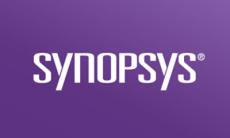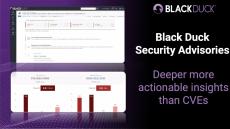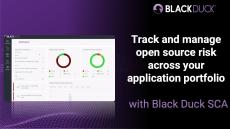- February 2025 (1)
- January 2025 (9)
- December 2024 (6)
- November 2024 (1)
- October 2024 (2)
- September 2024 (1)
- July 2024 (4)
- June 2024 (3)
- May 2024 (2)
- April 2024 (14)
- March 2024 (20)
- February 2024 (9)
- January 2024 (11)
- December 2023 (7)
- November 2023 (8)
- October 2023 (17)
- September 2023 (13)
- August 2023 (17)
- July 2023 (12)
- June 2023 (10)
- May 2023 (15)
- April 2023 (23)
- March 2023 (15)
- February 2023 (9)
- January 2023 (14)
- December 2022 (3)
- November 2022 (12)
- October 2022 (11)
- September 2022 (6)
- August 2022 (16)
- July 2022 (13)
- June 2022 (8)
- May 2022 (11)
- April 2022 (11)
- March 2022 (6)
- February 2022 (5)
- January 2022 (7)
- December 2021 (9)
- November 2021 (8)
- October 2021 (8)
- September 2021 (15)
- August 2021 (14)
- July 2021 (14)
- June 2021 (18)
- May 2021 (13)
- April 2021 (11)
- March 2021 (12)
- February 2021 (8)
- January 2021 (10)
- December 2020 (10)
- November 2020 (12)
- October 2020 (13)
- September 2020 (13)
- August 2020 (1)
- July 2020 (7)
- June 2020 (1)
- May 2020 (2)
- February 2020 (1)
- January 2020 (1)
- November 2019 (1)
Synopsys solutions help you manage security and quality risks comprehensively, across your organization and throughout the application life cycle.
Synopsys helps development teams build secure, high-quality software, minimizing risks while maximizing speed and productivity. Synopsys, a recognized leader in static analysis, software composition analysis, and application security testing, is uniquely positioned to apply best practices across proprietary code, open source, and the runtime environment. With a combination of industry-leading tools, services, and expertise, only Synopsys helps organizations maximize security and quality in DevSecOps and throughout the software development life cycle.
Build secure, high-quality software faster:
- Integrate security into your DevOps environment: Integrate and automate application security testing with the development and deployment tools you use today.
- Build a holistic AppSec program across your organization: Ensure your people, processes, and technology are aligned to defend against cyber attacks on the software you build and operate.
- Get on-demand security testing for any application: Extend the reach of your application security team with cost-effective security testing by our team of experts.
- Find and fix quality and compliance issues early in development: Maximize software reliability, minimize downstream maintenance headaches, and ensure compliance with industry standards.
- Identify open source, code quality, and security risks during M&A: Avoid surprises that can materially impact the value of software assets your company acquires.
- Assess your AppSec threats, risks, and dependencies: Go beyond security testing to understand likely cyber attack vectors and targets, as well as design flaws that can lead to security breaches.
Any software. Any development model. Any stage. Synopsys has you covered.




















